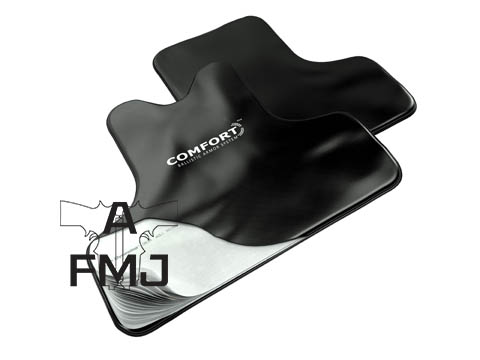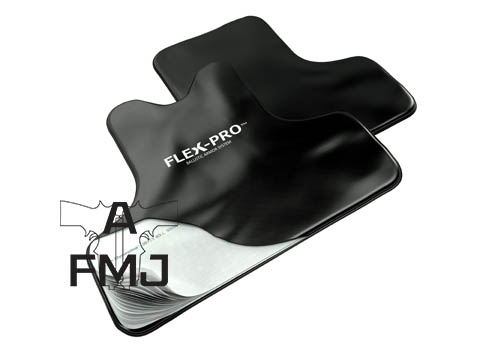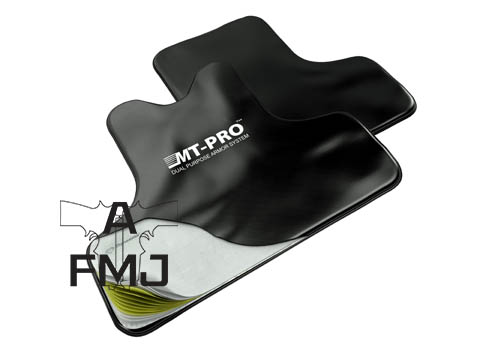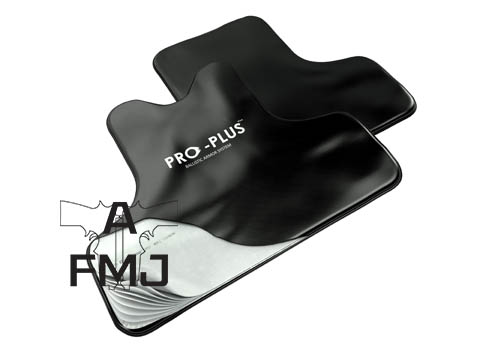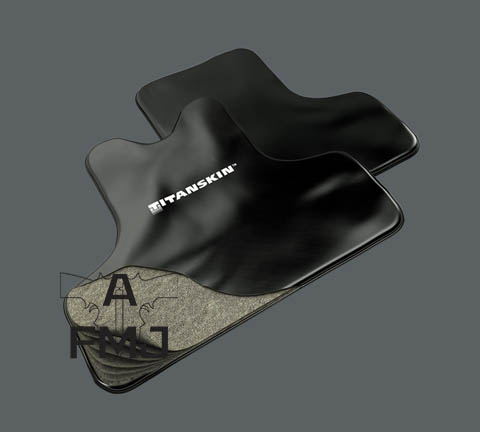Modern soft body armor can be sorted into three classes: Ballistic, Anti-Stab, and Multi-Threat. Body armor manufacturers offer a range ballistic armor that differ by weight, flexibility, thickness, and ballistic characteristics.
BALLISTIC ARMOR
When it comes to soft ballistic armor, the most common testing protocol is the NIJ standard. NIJ stands for National Institute of Justice. That organization sets the standards for body armor protection in the United States. Many other nations also use that standard. For soft armor the most common NIJ protection standards used are Level II and Level IIIA. The higher the number, the greater the level of protection. Level IIIA soft armor will stop more powerful ammunition than Level II.
Although ballistic armor panels offer some degree of anti-stab protection, no one can claim that ballistic armor is stab proof. The fact that our soft ballistic panels contain Dyneema®, gives our ballistic panels a higher stab resistance in comparison with most Aramid-based ballistic panels. Penetrating our ballistic armor with an ordinary knife is actually quite a challenge.
ANTI-STAB ARMOR
For stab threats we have developed the TITANSKIN™ series. This panel offers protection against knives, needles, spikes and icepicks.
MULTI-THREAT ARMOR
For clients that require ballistic protection coupled with stab and needle protection we have developed the MT-PRO™ series. This multi-threat armor integrates innovative fabrics such as DSM Dyneema® with TITANSKIN™anti-stab technology. The combination produces a vest that is both light and thin, yet surprisingly tough.
SOFT ARMOR COMPATIBILITY
All our soft armor panels, such as COMFORT™, MT-PRO™, FLEX-PRO™, PRO-PLUS™, and TITANSKIN™, can be combined with our concealable, tactical and specialist carrier systems, including DELUXE™, DUAL USE™, PATROL™ and others.
Soft armor is light and flexible, providing protection against most handgun rounds.

